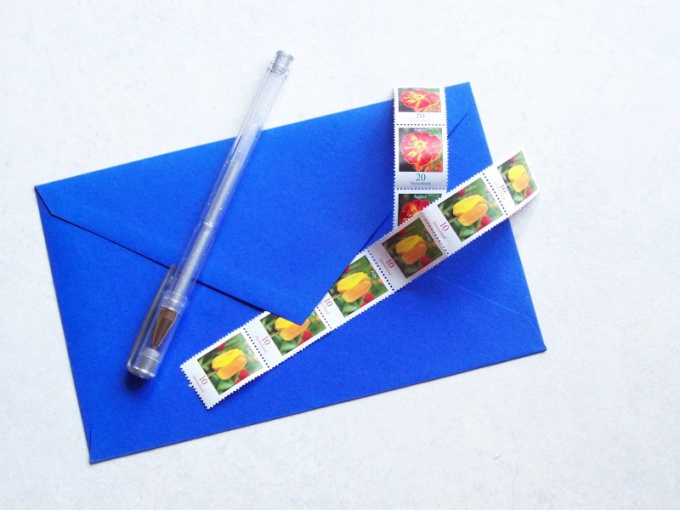Instruction
1
Will notify the recipient of the letter that reviewed his request. This technique is appropriate if the addressee is waiting for a response, and his question easier to solve in person. Use that opportunity, call the person and tell them that you sent a letter with explanations. In this way you will be sure that the message will be read carefully.
2
Express understanding of the challenges that lie ahead. In a few sentences describe what share the opinion about the relevance and timeliness of the issues raised.
3
List the advantages of the presence of the addressee at the upcoming meeting. Find at least five reasons why the person will want to allocate time to the event. These causes should be formulated from the point of view of the other side. For example, there will come a specialist who specifically will advise on all issues, but another opportunity to meet him in the near future will not. Arrange the causes in descending order of importance.
4
Tell us more about the arguments in favor of the proposal. Can now specify the reasons for that are not as important for the recipient, but will affect his behavior. For example, the meeting invited the Director of the division, who will certainly notice if someone is missing. Not to spoil the reputation is better not to skip the event.
5
Specify a simple and easily accessible way of feedback. The recipient may have questions, suggestions or clarifications. Give him the opportunity to instantly connect with a responsible person, not a search for contact information.
Note
A common mistake is to ask the person as soon as possible to contact after receiving the letter and inform him of your decision. Instead, set a specific time to which the recipient should call. If it does not, it will be the occasion to remind him about the meeting.




